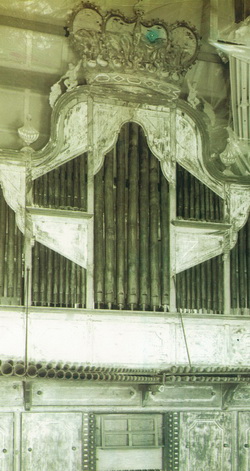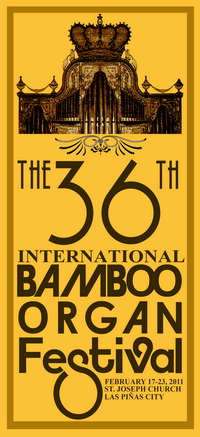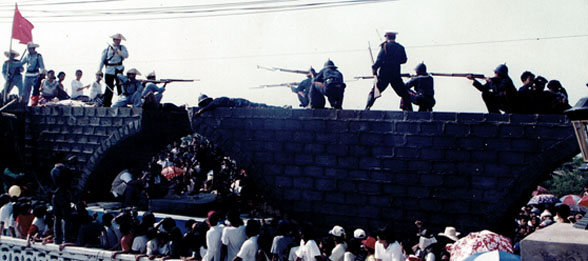The Handloom Blanket Weaving Enterprise
Villar SIPAG provided free training for forty women. In three months’ time, seventy-five percent of the trainees dropped out . After another three months of training, each of them could finish as much as three blankets a day. The Las Piñas Handloom Weaving Center was now ready to supply the office of Senator Villar with blankets priced competitively with the China-made mats.
Producing three blankets a day meant that each weaver could earn up to Php4,300.00 (US$98.00)2 a month. The ten women weavers became models for the others in their barangay.
News spread fast and soon women from other barangays requested to be given the opportunity to learn and earn from the craft.
There are currently seventeen looms distributed in five barangays, with a production output of 800 blankets a month or a total of 10,000 blankets a year.
These blankets are sent by the Villar SIPAG to victims of disasters in the various parts of the Philippines.

The Coconut Coir and Peat Enterprise
The coconut husks intercepted by the river strainers were significant in number. The question was how to turn this garbage into an economic resource.
From the husk of the coconut, the fiber can be extracted. It has been used in the past as a rope or as a twine. However, making the rope required great difficulty in labor.
Through the Villar SIPAG, the Las Piñas Coco Coir enterprise got its first seed money to purchase all the equipment required to produce the coco nets. Through the assistance of Dr. Arboleda, the transfer of technology to the Las Piñeros became a reality.
The coco net is produced by the team work of two persons in the twining equipment and two persons in the loom.
From their backyard, each family with two people producing a net can earn Php6,000.00 (US$136.35) from their average monthly production.
These coco nets from Las Piñas are currently sold to Vista Land, a publicly listed housing development company, for their slope protection and soil erosion control requirements.
Since 2008, the Villar SIPAG has distributed fifty six (56) twining equipment and thirty four (34) weaving looms to sixty eight families. The coco coir enterprise has been able to afford to purchase all the additional twining equipment and hand loom, and even partially pay for 40% of the cost of an additional decorticating machine. The balance of 60% was provided by the Foundation as financial assistance.
Part of the income generated from the sales of the coco nets is used to pay for the blankets made by another group of women and youth engaged in the Las Piñas Handloom Weaving Centers. These blankets are, in turn, given to people who are rendered homeless by typhoon, fire, and other calamities.
From a wider perspective, the addition of the coco-coir cottage industry provides more livelihood opportunities to idle female labor, utilizes the erstwhile floating coconut shell garbage on the river, reduces overall cost of garbage collection, contributes to the fertility of the soil required by the bamboos planted at the eyelet spaces of the produced coco-net used for erosion control.


 Use of Vermiculture
Use of Vermiculture




























